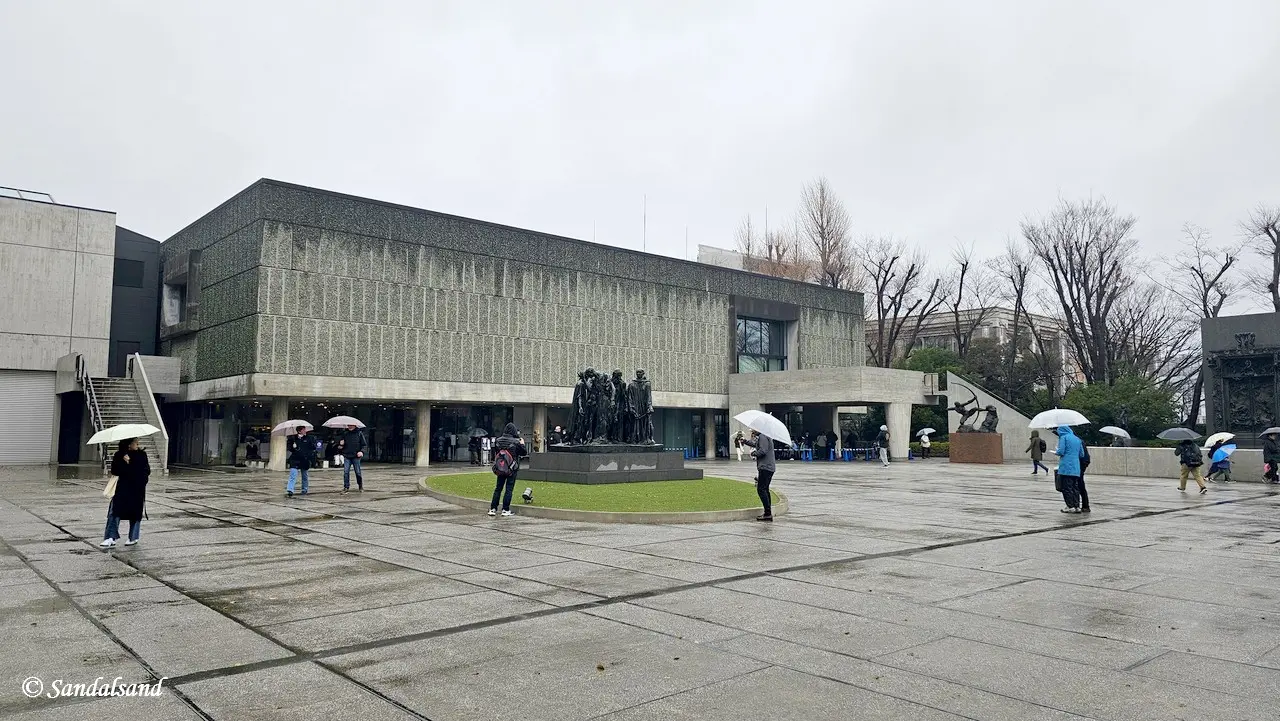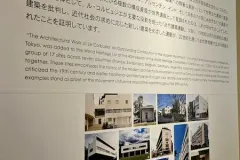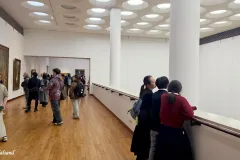Le Corbusier was one of the most influential architects of the 20th century. This World Heritage is dedicated to him and 17 of his works in seven countries.
The UNESCO World Heritage List includes over a thousand properties. They have outstanding universal value and are all part of the world’s cultural and natural heritage.
Official facts
- Official title: The Architectural Work of Le Corbusier, an Outstanding Contribution to the Modern Movement
- Countries: Argentina; Belgium; France; Germany; India; Japan; Switzerland
- Date of Inscription: 2016
- Category: Cultural
UNESCO’s World Heritage Centre’s short description of site no. 1321:
Chosen from the work of Le Corbusier, the 17 sites comprising this transnational serial property are spread over seven countries and are a testimonial to the invention of a new architectural language that made a break with the past. They were built over a period of a half-century, in the course of what Le Corbusier described as “patient research”. The Complexe du Capitole in Chandigarh (India), the National Museum of Western Art, Tokyo (Japan), the House of Dr Curutchet in La Plata (Argentina) and the Unité d’habitation in Marseille (France) reflect the solutions that the Modern Movement sought to apply during the 20th century to the challenges of inventing new architectural techniques to respond to the needs of society. These masterpieces of creative genius also attest to the internationalization of architectural practice across the planet.
A visit to the museum in Tokyo
On a rainy afternoon in Tokyo, I visited the National Museum of Western Art in Ueno Park. The weather softened the city’s energy, and within the calm of the park stood a quiet but resolute structure of reinforced concrete—geometric, elevated, and deliberately austere.
Charles-Edouard Jeanneret, or known as Le Corbusier (1887–1965) was one of the most influential architects of the 20th century. A pioneer of modernist architecture, he advocated for functional, rational design guided by proportion, light, and modularity. His “Five Points of a New Architecture” — including the use of pilotis (columns), roof gardens, free plans, ribbon windows, and free façades — challenged traditional forms and laid the foundation for modernist urban planning and design. He viewed architecture as a social instrument, capable of improving the human condition.
The National Museum of Western Art, completed in 1959, is a refined manifestation of these principles. It is based on Le Corbusier’s concept of a Musée à croissance illimitée — a museum designed for unlimited growth. Although only the central core was constructed, the plan allowed for potential expansion through modular units arranged in a spiralling square grid.
Inside the building
Approaching the building, one ascends a gently inclined open ramp under the elevated main volume, supported by slender pilotis. This procession creates a sense of entry and architectural drama despite the building’s modest scale. The exterior is composed of raw concrete and prefabricated panels, offering a restrained, textured façade. A bronze cast of Rodin’s The Thinker marks the entrance, placed with deliberate alignment by the architect himself.
Inside, the building is organised as a continuous spatial sequence. Visitors move upward through a central double-height hall surrounded by galleries, guided by natural light filtering from clerestory windows and skylights. The simplicity of materials and structural clarity direct attention to the artworks. They are primarily European paintings and sculptures from the Renaissance to the early 20th century. The building maintains its own architectural presence.
Significantly, the Tokyo museum also reflects a cultural and professional exchange. Le Corbusier entrusted the execution of the project to his former Japanese apprentices: Kunio Maekawa, Junzo Sakakura, and Takamasa Yoshizaka. Their collaboration ensured both fidelity to the modernist ideals and sensitivity to local context. As the only Le Corbusier building in East Asia, it holds special value not only within his oeuvre but also in Japan’s architectural development in the postwar period.
The museum’s understated form belies its significance. It is a site where architecture and art converge, where modernism is not monumental but measured. In the quiet rhythm of concrete and light, Le Corbusier’s vision continues to speak—of order, humanity, and the enduring potential of design.
Read more
It is perhaps needless to say, but this is the only work by Le Corbusier that Sandalsand has ever been to. So far. UNESCO’s reverence for individual architects from recent history does not stop with him. Sandalsand has had the fortune, or sometimes misfortune of visiting the works of other prominent representatives of this profession. Think of Antoni Gaudi, Victor Horta, Josef Hoffman, and Jože Plečnik and click these links to my articles.
Find more from Japan on Sandalsand.











